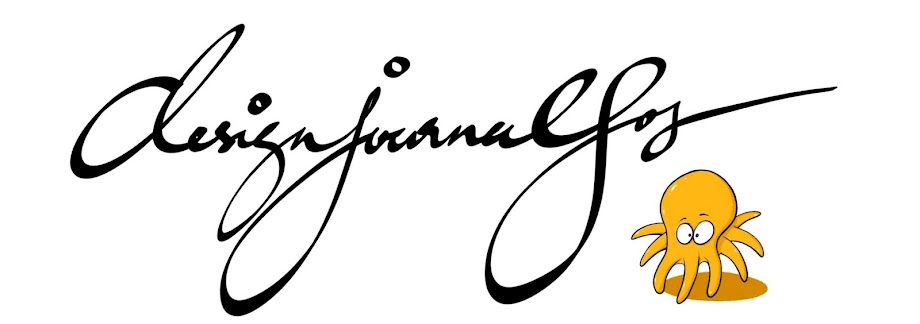Physical . Intellectual . Emotional . Social
-----------------------------------------------------------
NEEDS
P . I . E . S . is a convenient tool for surveying and covering four basic area of NEEDS.
P Physical NEEDs
I Intellectual NEEDs
E Emotional NEEDs
S Social NEEDs
Each of the acronyms (P, I, E and S) can be used individually, combining two or more selectively or as a whole depending on your desired research outcomes.
But in any case, focus on one acronym at a time when you use them.
-----------------------------------------------------------
How to use P . I . E . S . in your research to identify NEEDs? Simple. You ask questions.
You ask questions related to each of the acronyms aiming at finding out what each of the NEEDs may be.
First of all, you cannot do this exercise in a random manner. It will lead you to no where. You must have in mind your target audience (targer user or target group) to begin and end effectively.
Secondly, this target audience must be doing something in an identified location.
Thirdly, you can begin crafting questions related to each of the acronyms in P . I . E . S .
For example:
Target Audience: Elderly Folks (Male /
Location: Satay Club Singapore /
Activity: Looking for place to sit /
Background:
A group of elderly folks about the age of 65 plans to meet up on a Saturday evening for 'Satay' to chit chat and talk about the good old times. Now the group has arrived in Satay Club, and they are about to look for an empty table to start ordering the mouth watering Satays and enjoy each others company.
P Physical NEEDs
Question: What are the Physical NEEDs? The following are examples of some Physical challenges: Getting around and navigating through the crowds. Getting around and navigating through the crowds with people and chairs juttting out all over the place. Place may be dimly lit means harder for elderlies to naviagate. Finding an empty table quickly enough with faster and more agile youngsters. Eating in a hot and humid condition and feeling sweaty and uncomfortable.
I Intellectual NEEDs
Question: What are the Intellectual NEEDs? The following are examples of some Intellectual challenges: Finding directions and navigation to the location / the nearest toilet / etc. Font size in ordering menu. Languages printed in ordering menu. Language spoken by the vendors. etc.
I Emotional NEEDs
Question: What are the Emotional NEEDs? The following are examples of some Emotional challenges: Low service standards may affects ones mood. Foceful touting from vendors can cause emotional stress. etc.
I SOCIAL NEEDs
Question: What are the Social NEEDs? The following are examples of some Social challenges: Does the arrangement / configuration of the tables and seats encourage good interaction? Is the environment condusive for a group gathering. If surroundings are too noisy, the elderlys cannot listen to each other effectively and they may have to resort to shouting. Which may in turn disturb the other customers. etc.
-----------------------------------------------------------
Apart from using P . I . E . S . for exploring and identifying need areas, the approach can also be extended to identify products related to those needs. After which should prompt you for further and more in-depth research.
Design Opportunities can then be derived from them. The Activity Mapping technique can also be used concurrently here but it will be explained in another post.
The following are suggestions on how the P . I . E . S . technique is used to identify Design Opportunities:
1) have in mind who your target audience (or target user / target group) is,2) Go through P.I.E.S. to identify the various NEED areas within the activity context.
2) identify the product(s) that they interacting with under each NEED areas,
3) assess the user : product interaction within the given environment.
4) identify problems, improvement areas or invention opportunities.
Throughout the whole process, you need to be clear about the objectives (what the user want to achieve or experience) before, during and after the use of the product.
-----------------------------------------------------------
A quick recap:
The reason for P . I . E . S .'s existence is for understanding NEEDS. But you do not stop at just knowing NEEDS. So what do you do next after you identify the NEEDS?
NEEDS identified from P . I . E . S . are in turn used to explore the various
other NEEDS and/or LIMITATIONS of the related products.
Here is how. Identify:
1) the product(s) involved, and
2) study the performance of the product (e.g. how did the product perform to its expectations), or
3) could it be the user's problem in using the product. (e.g. product mis-handling)
4) etc...
-----------------------------------------------------------




No comments:
Post a Comment